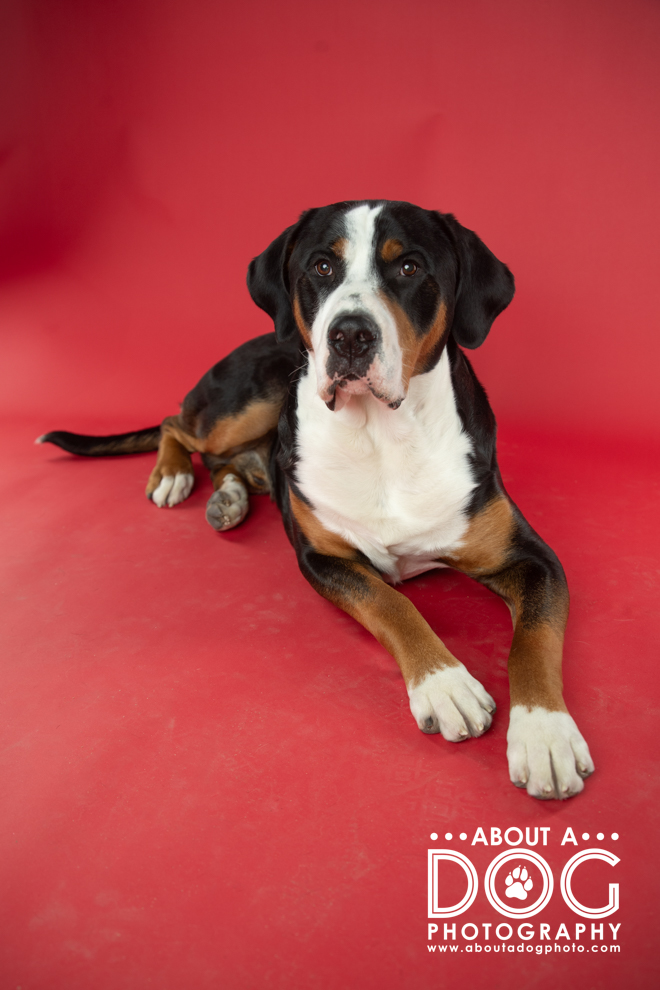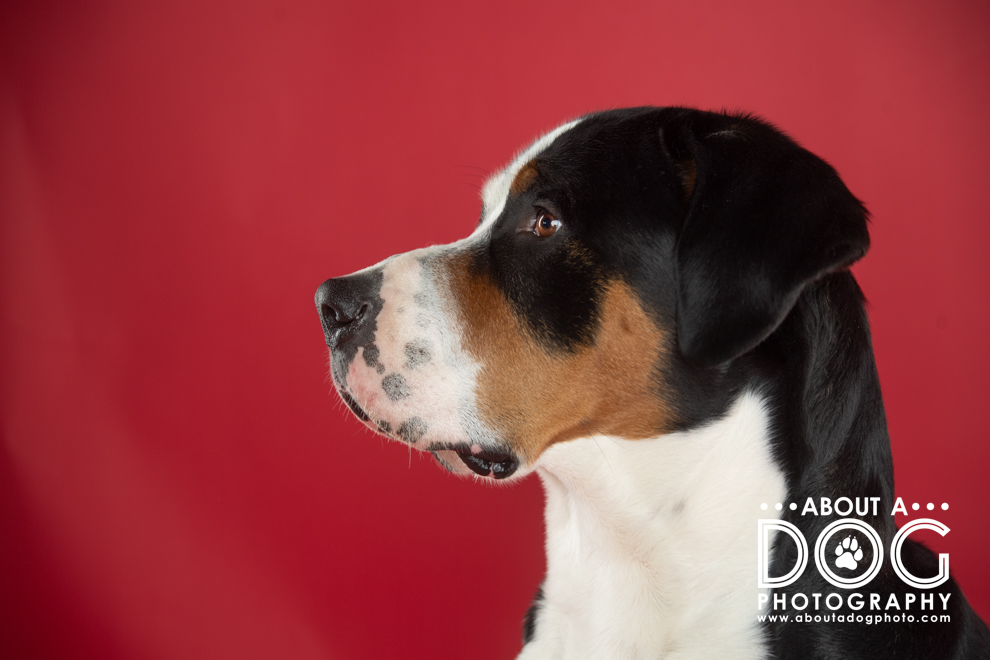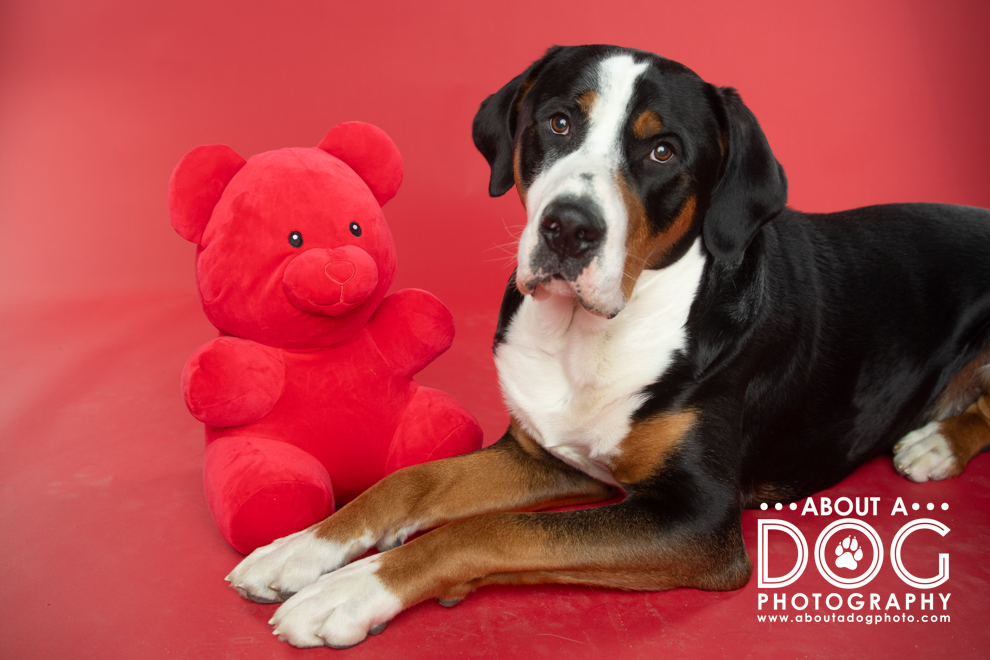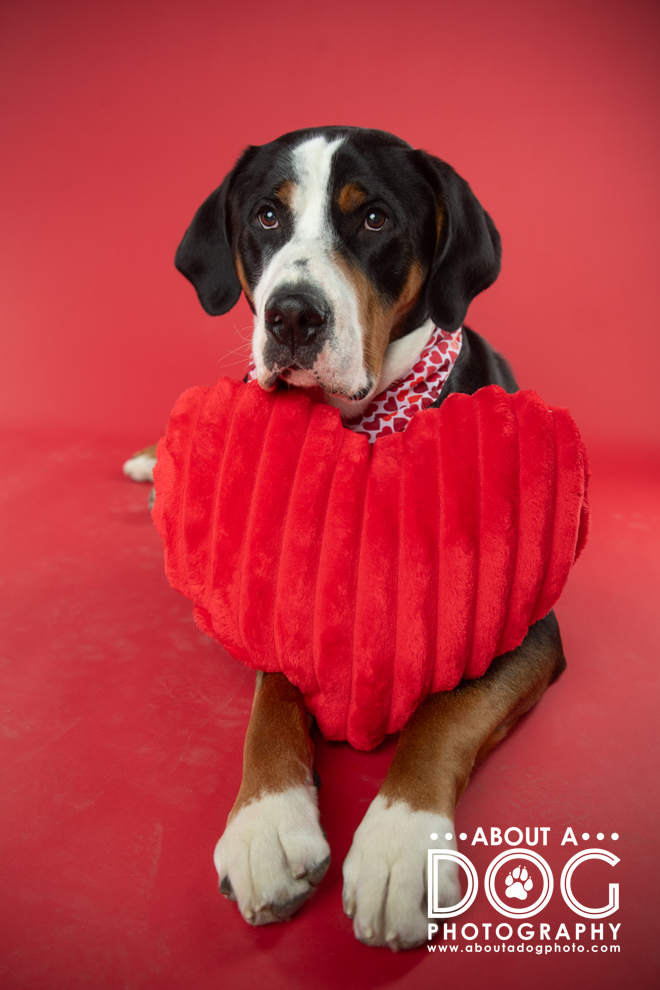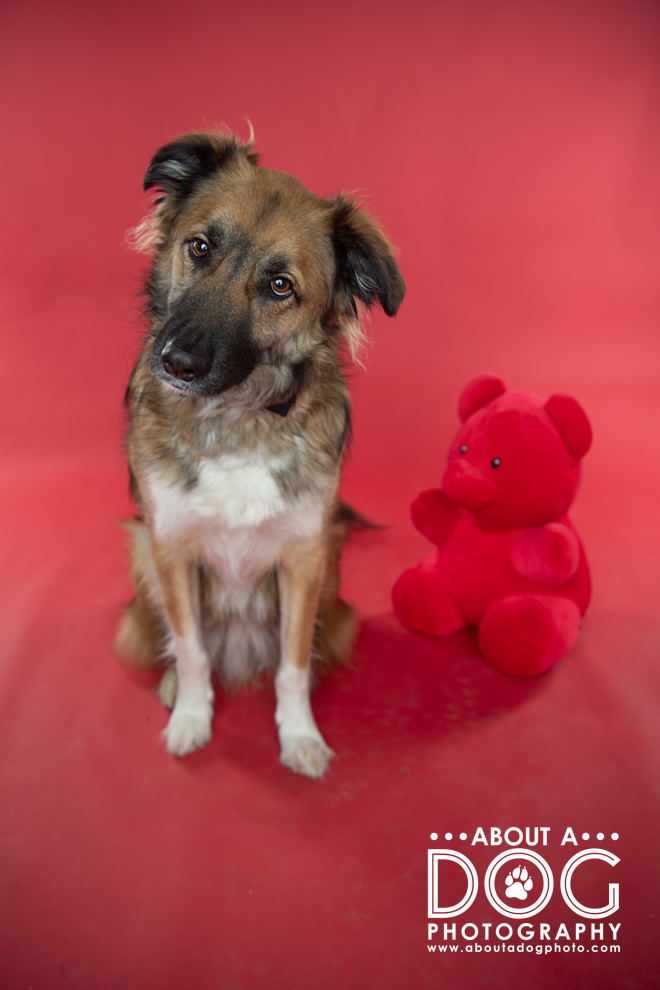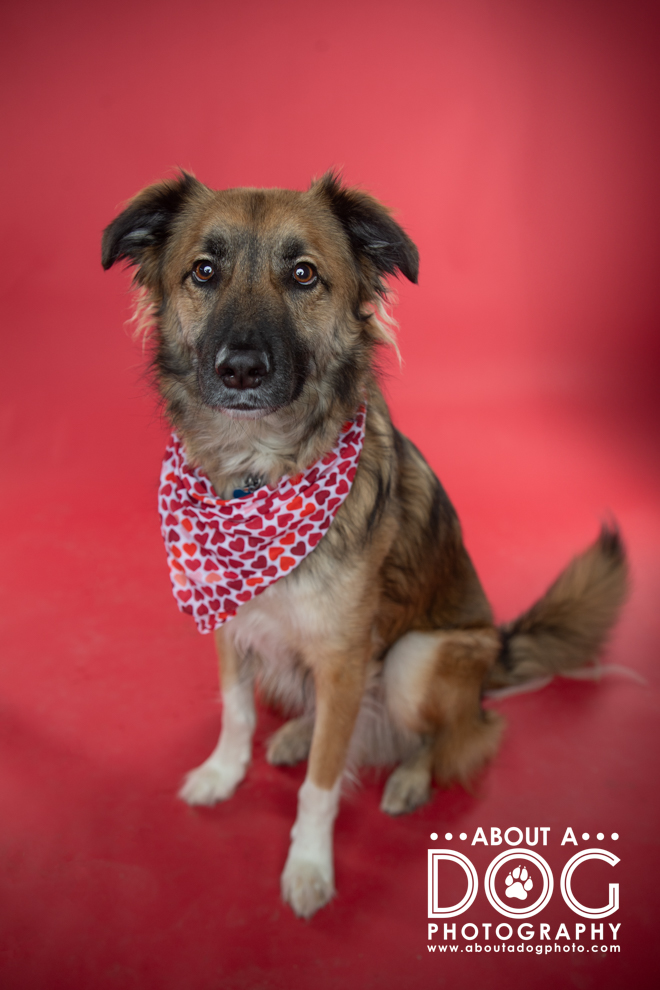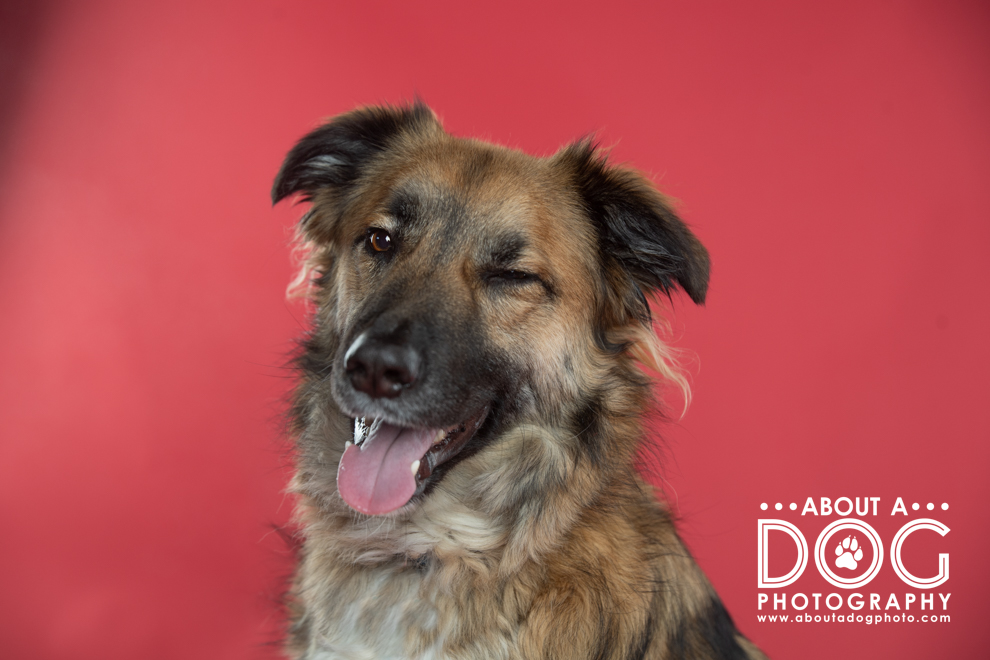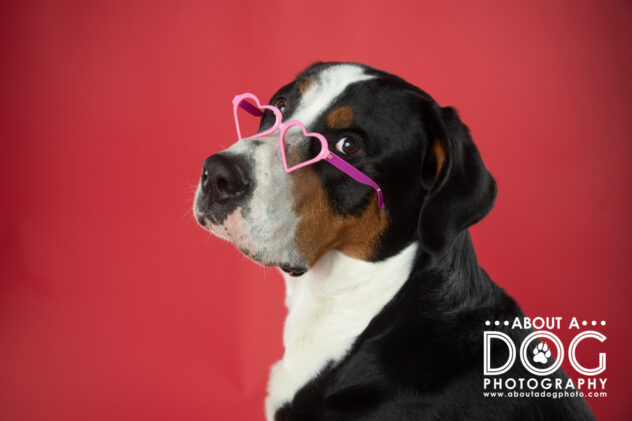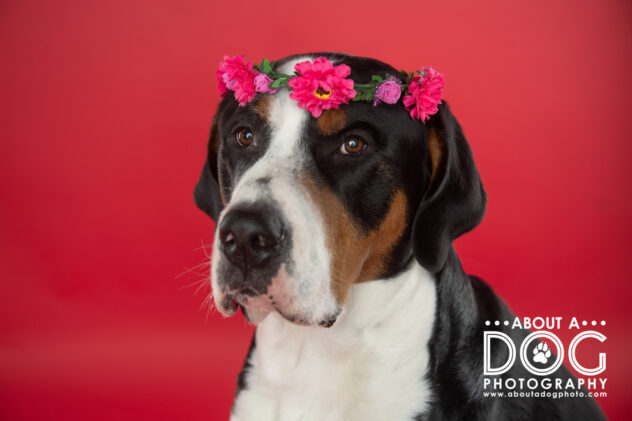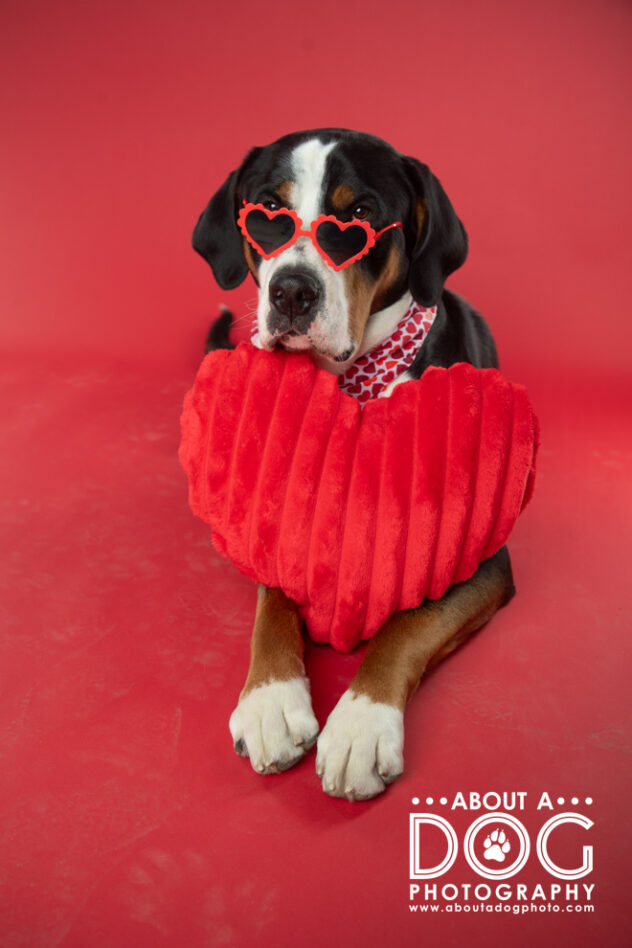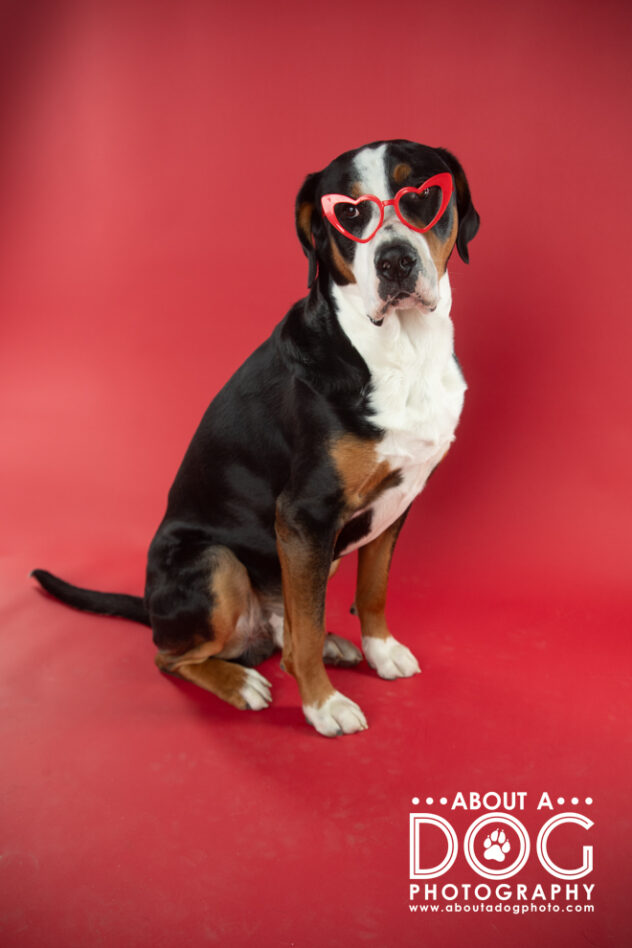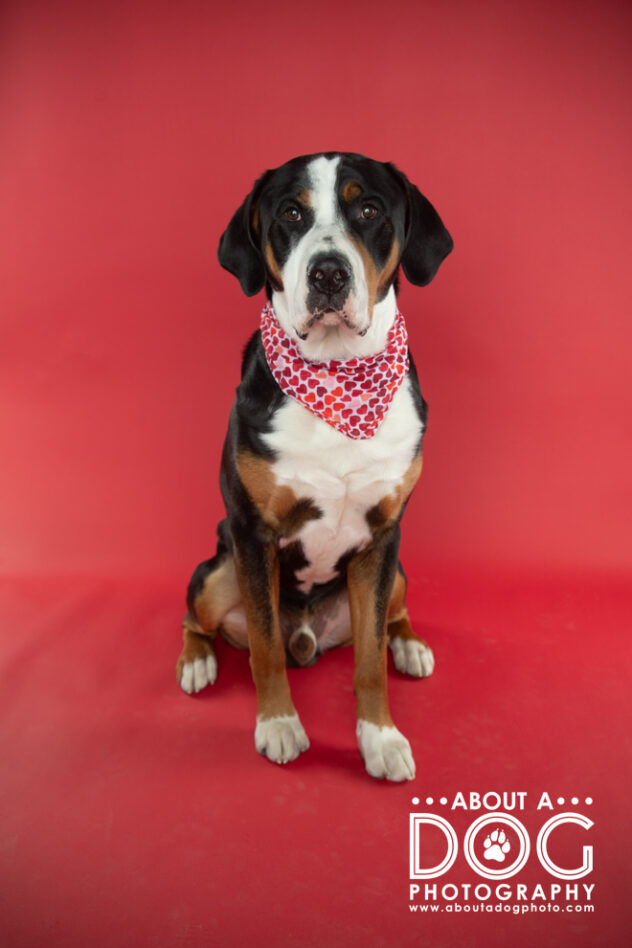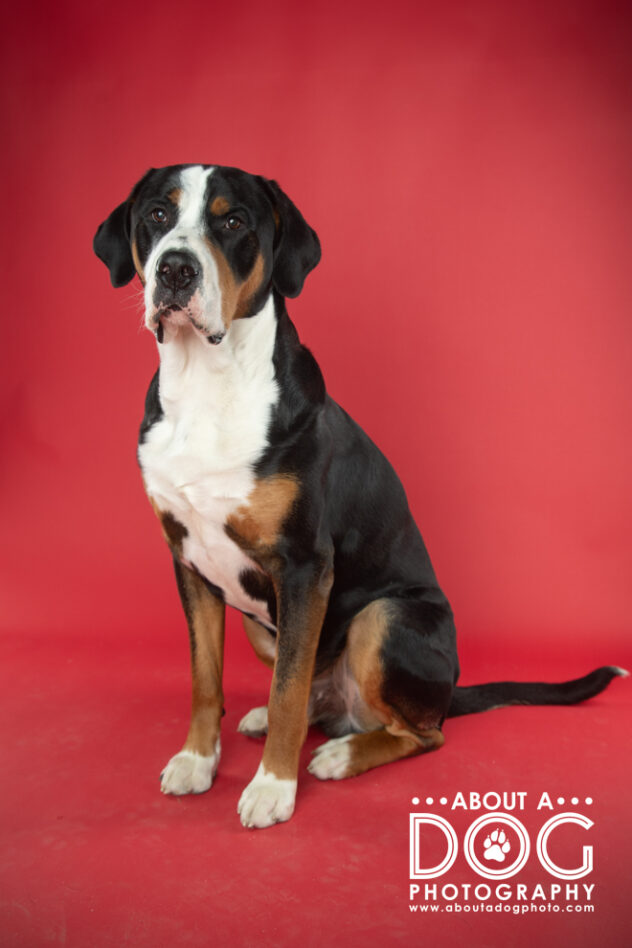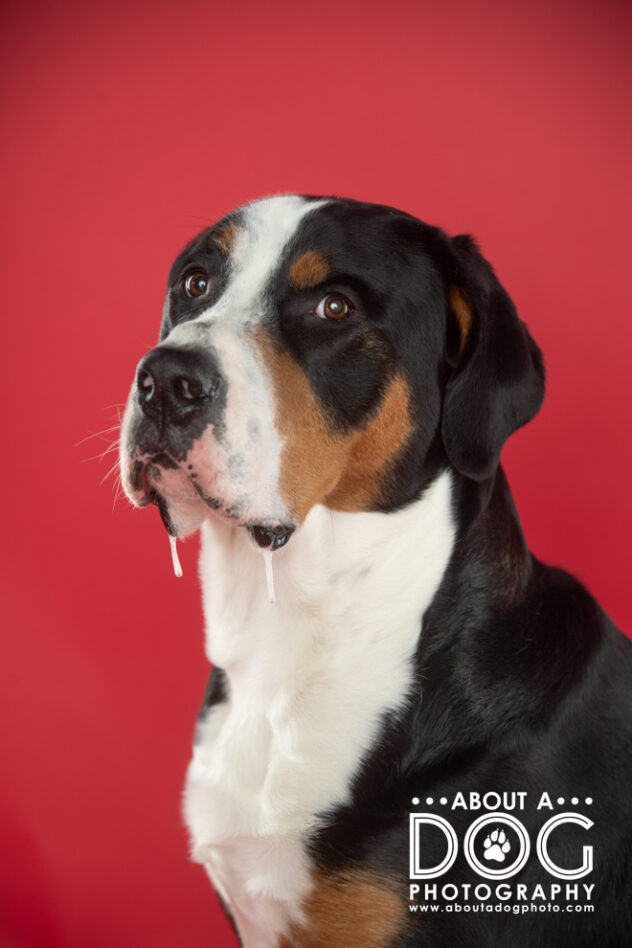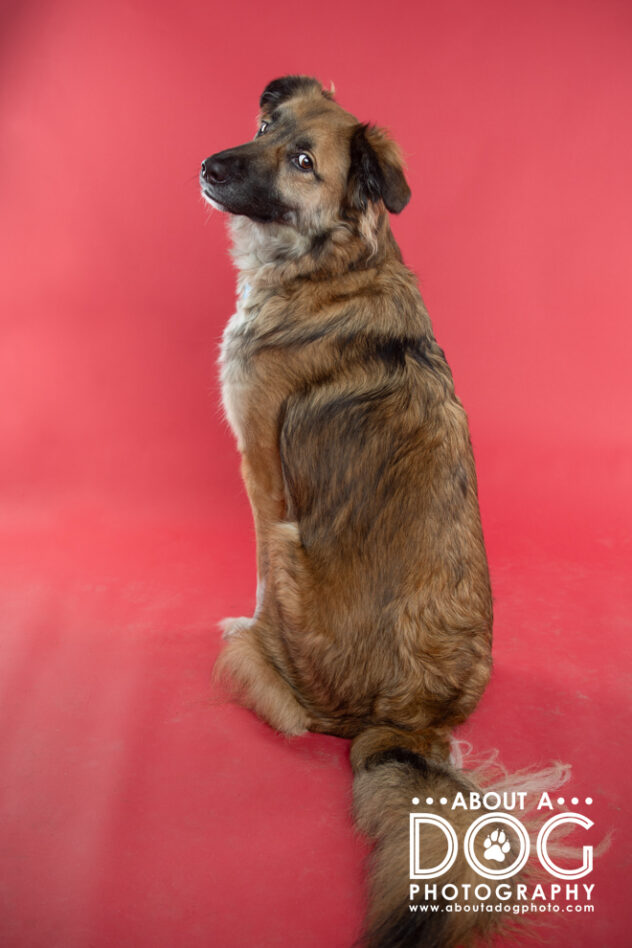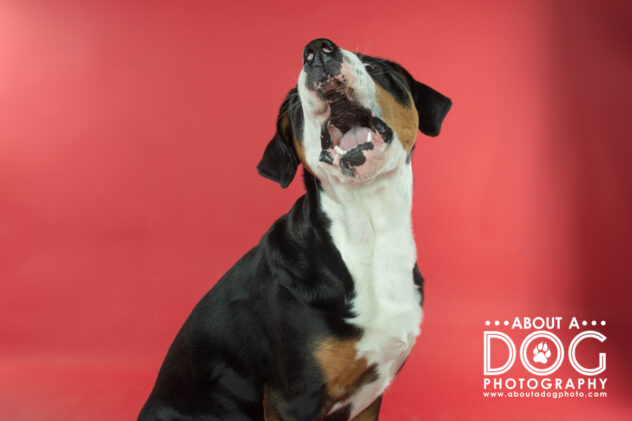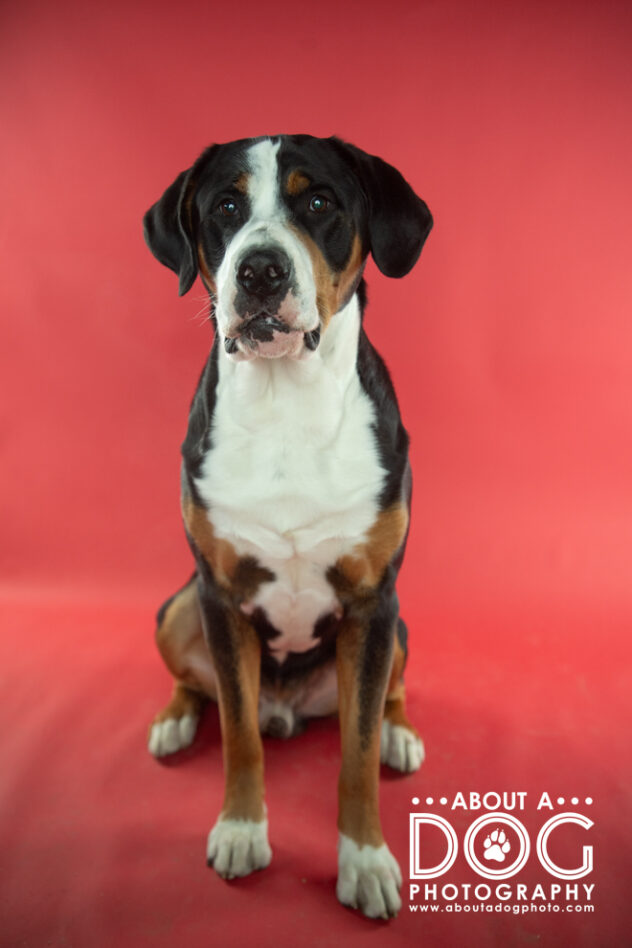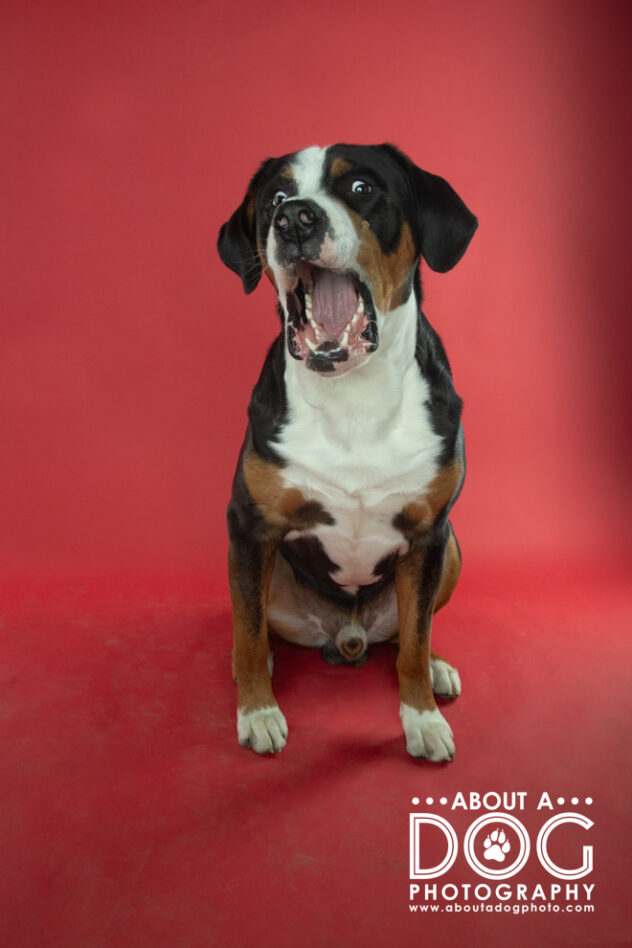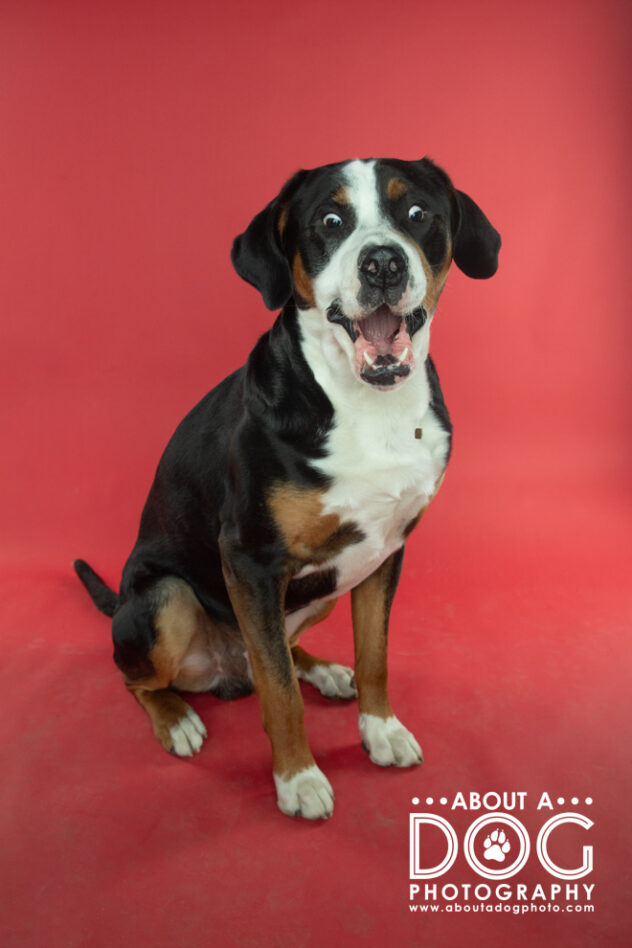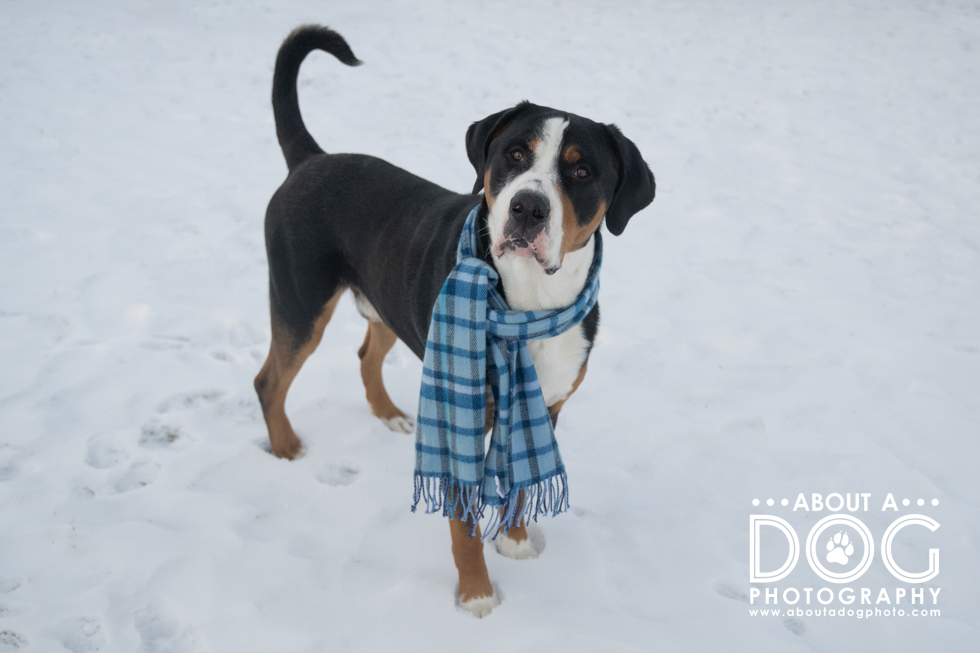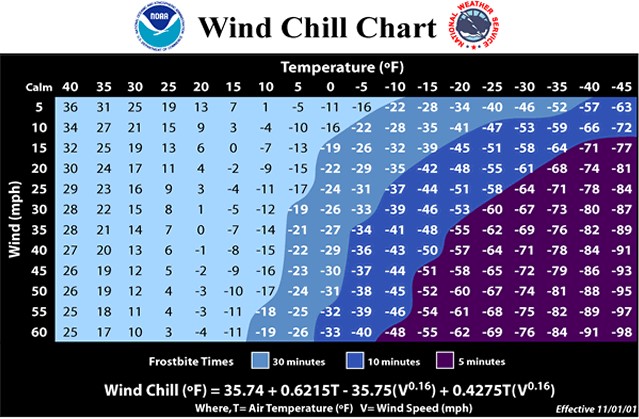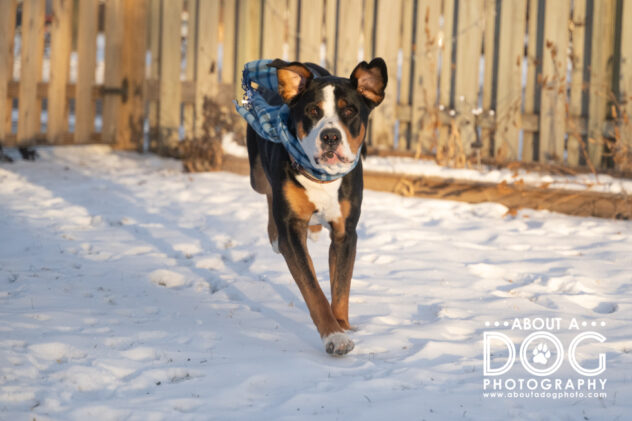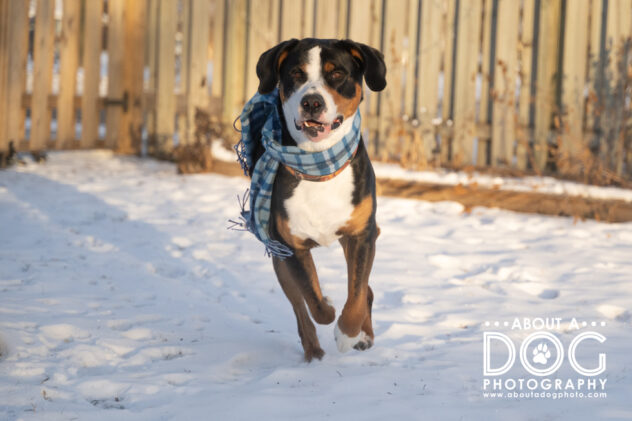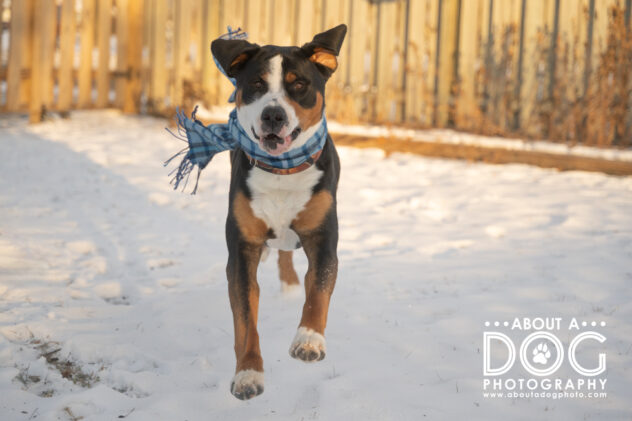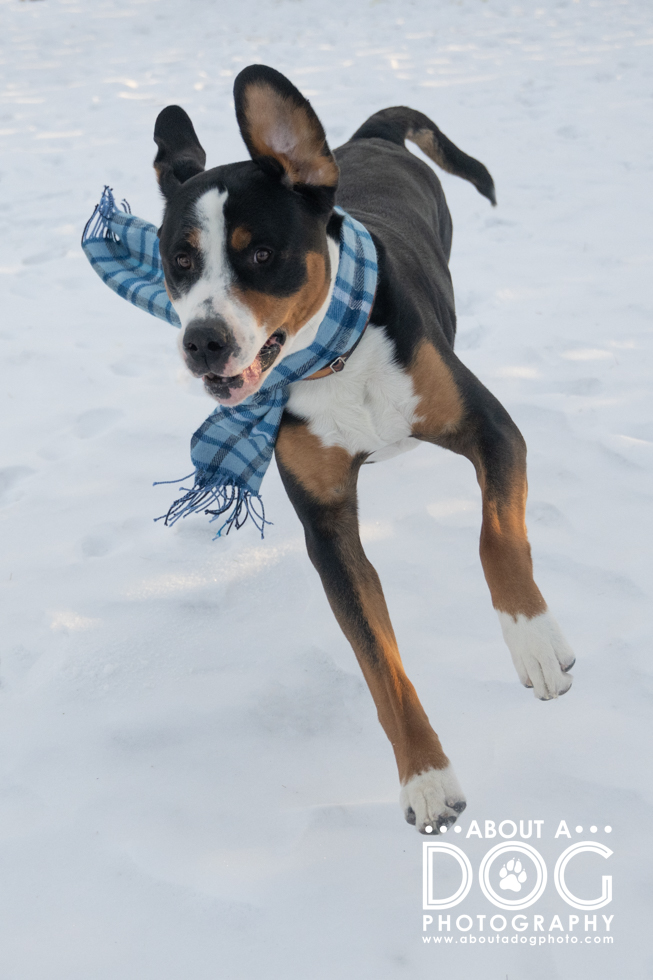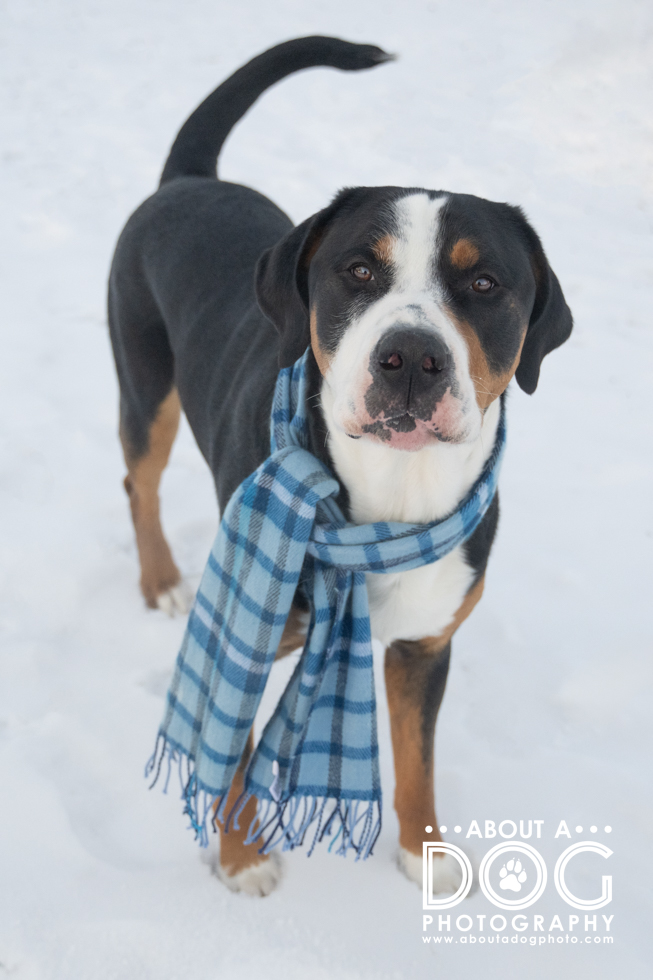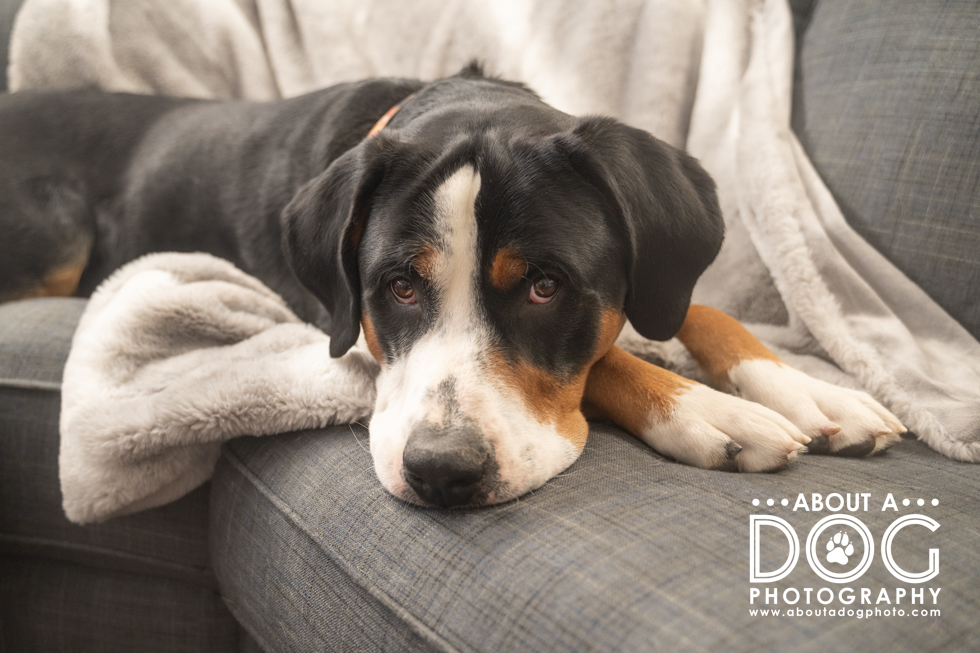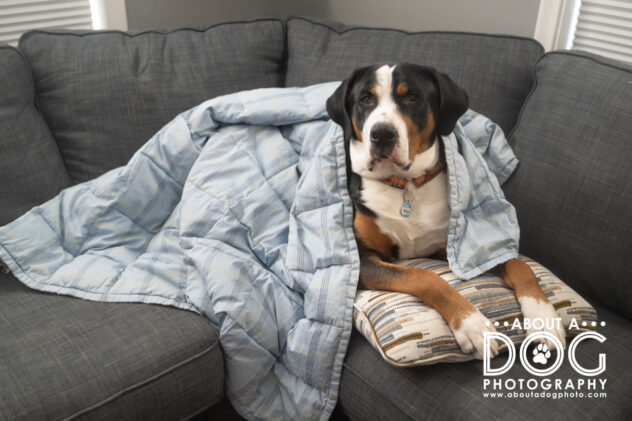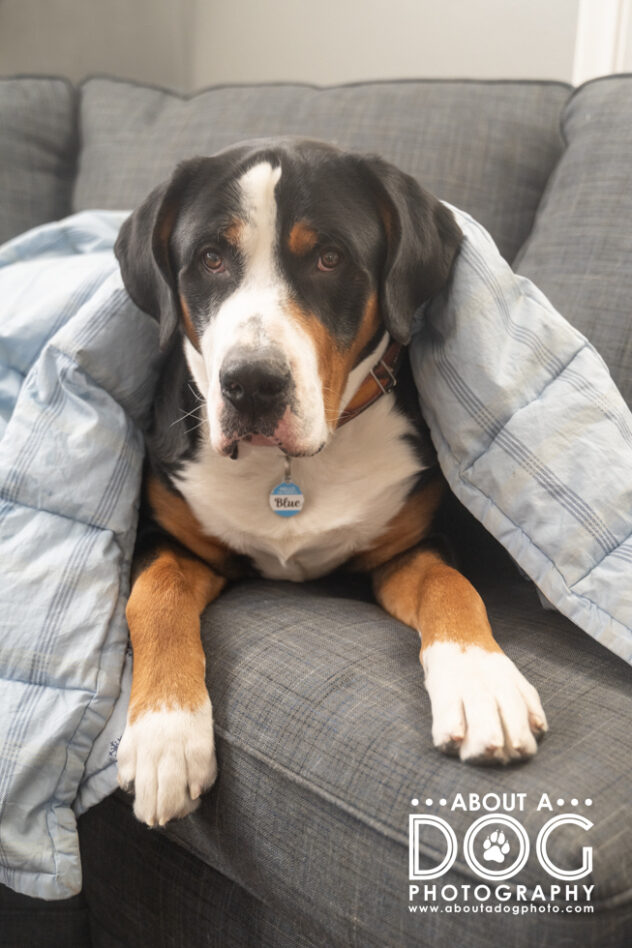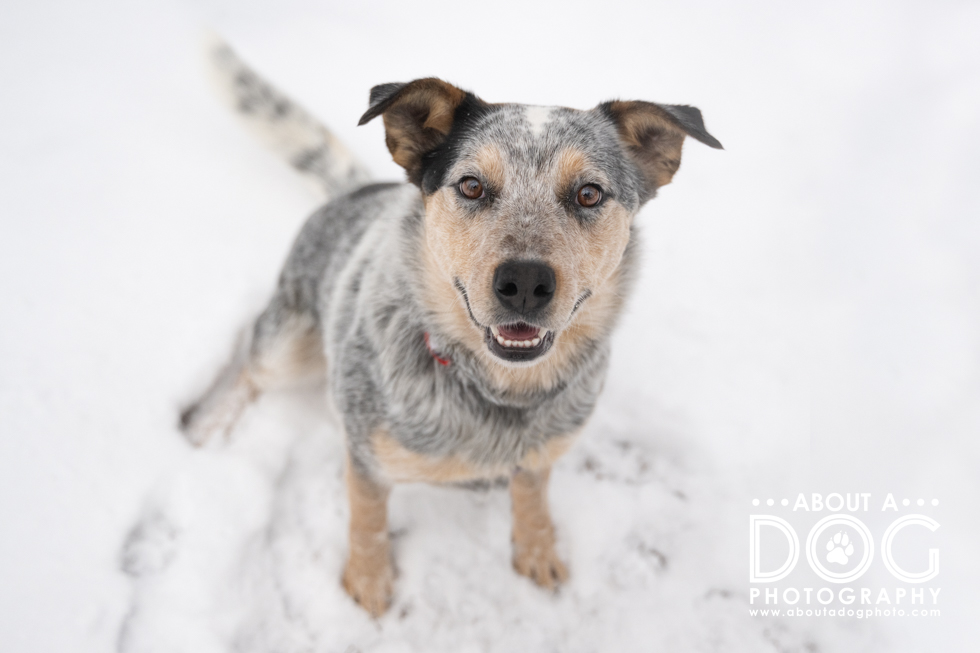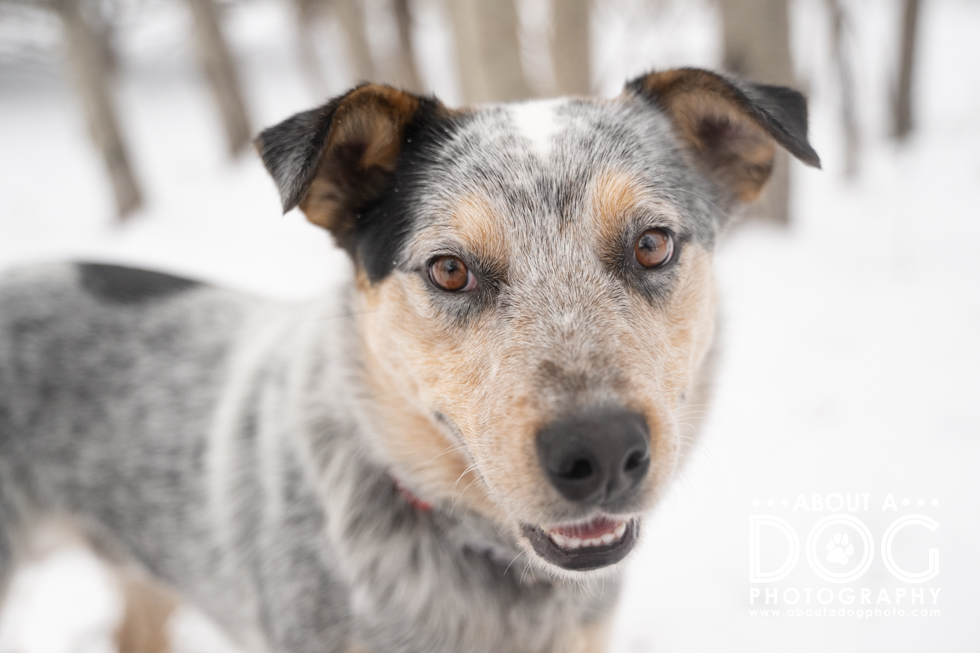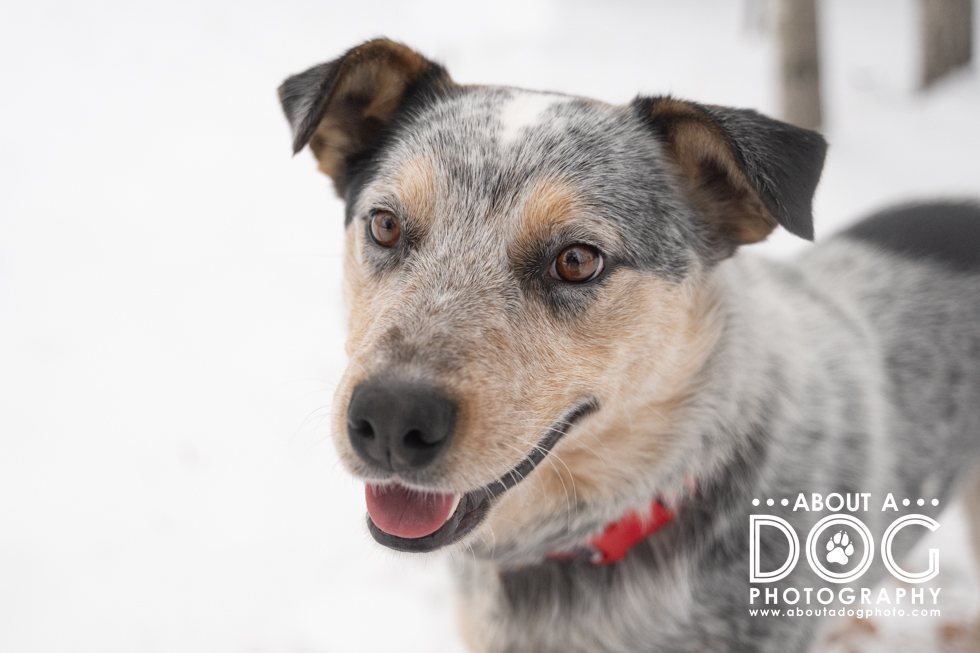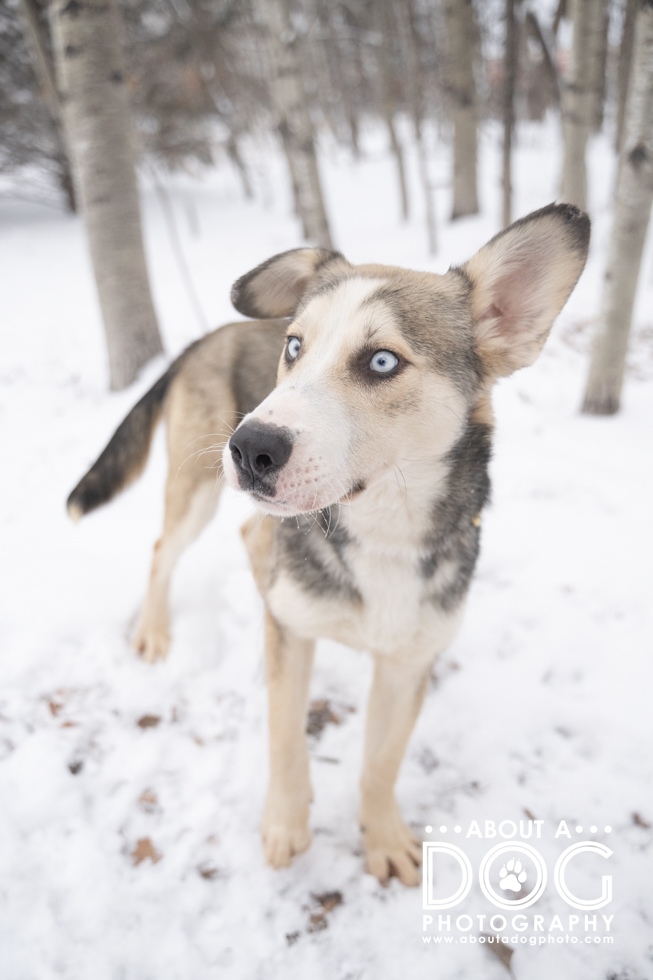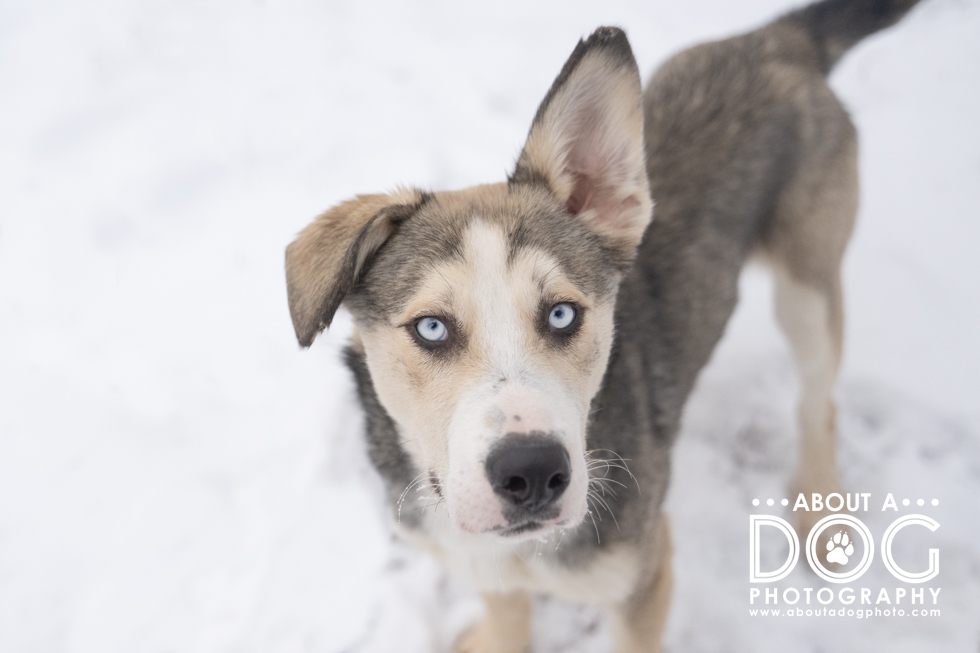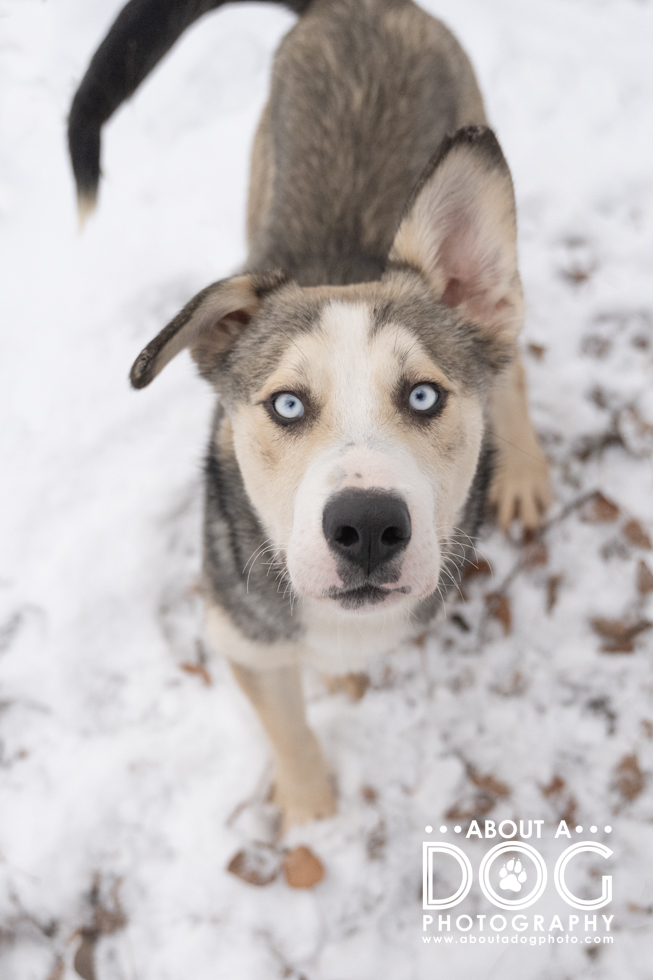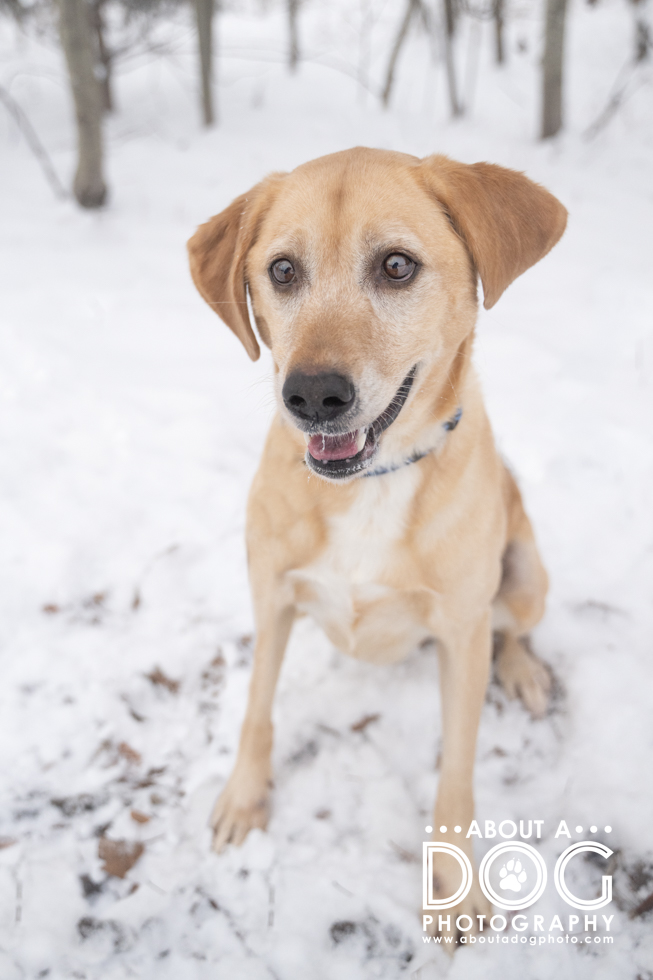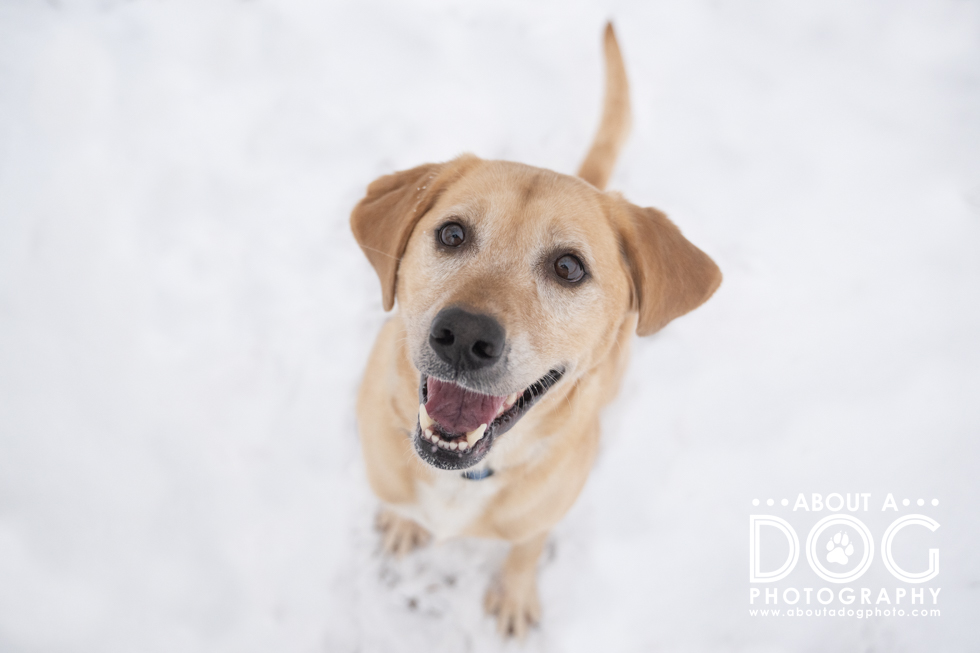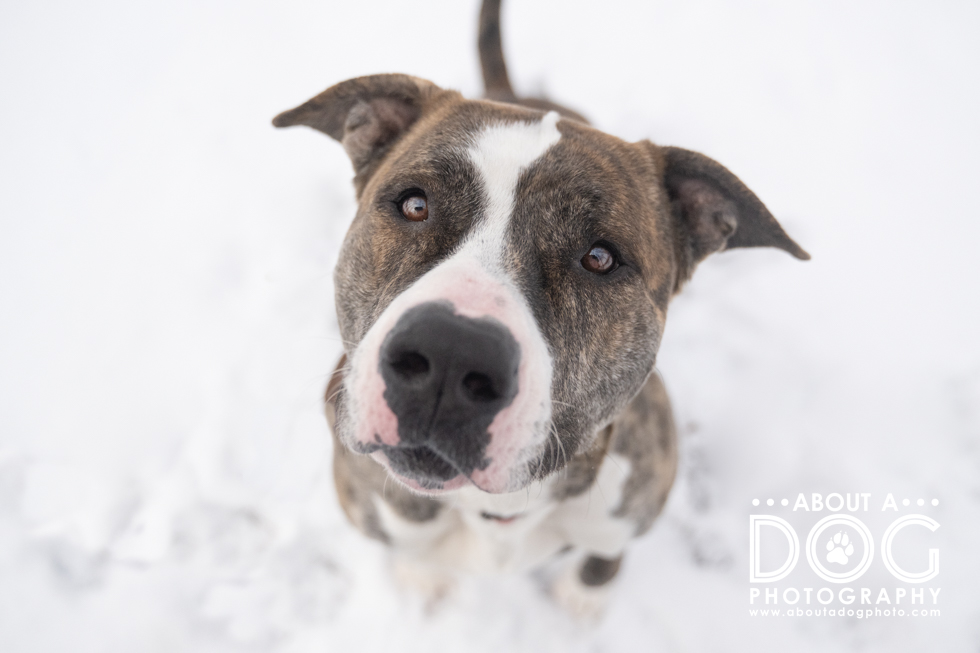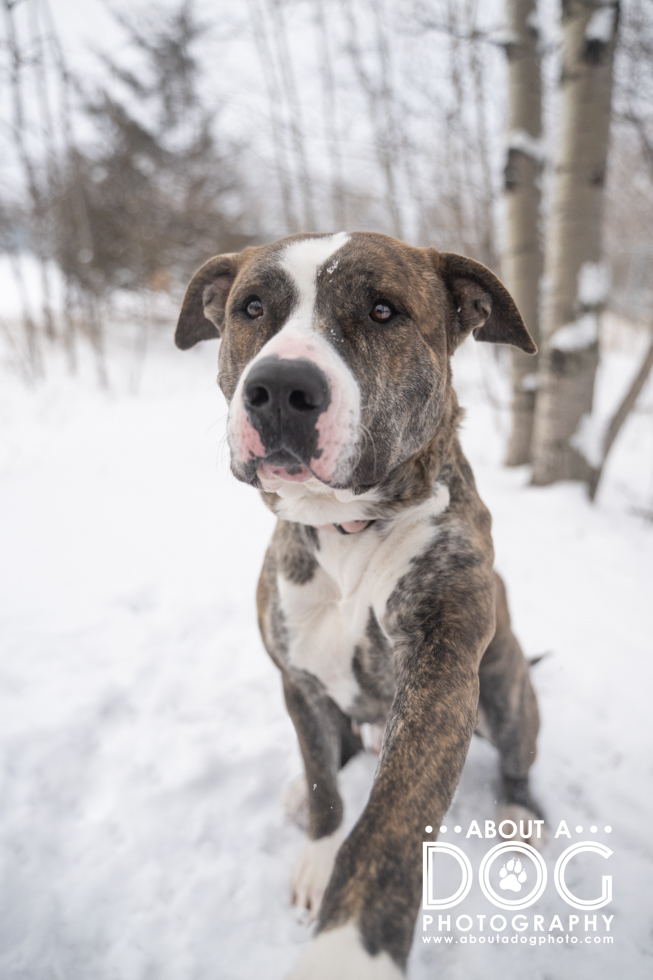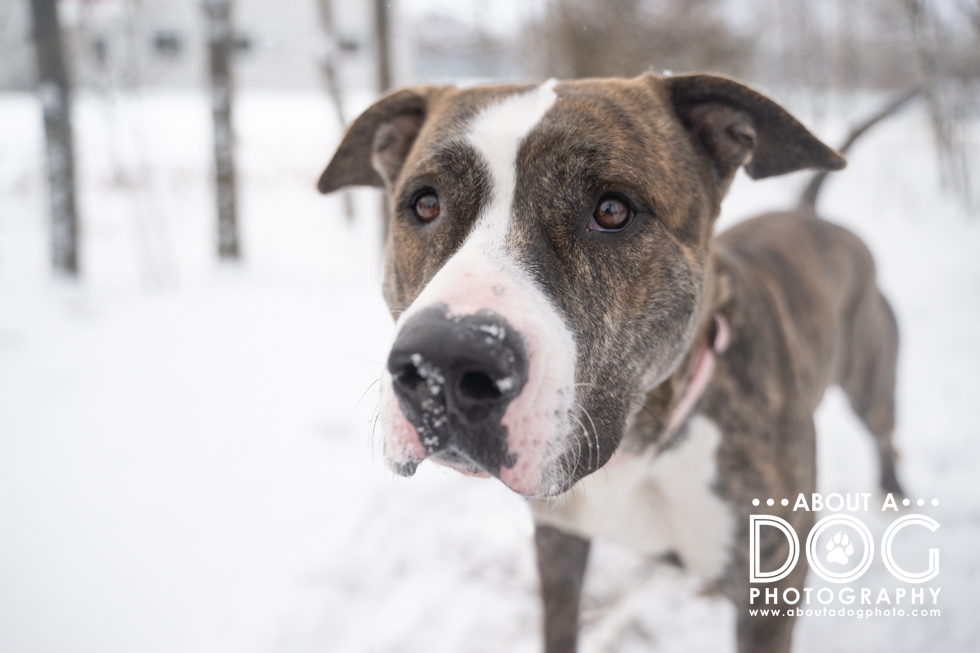What makes a doodle’s face so hairy? Furnishings!
And as for doodle, it is a blanket term for mixed breed dogs with a percentage of poodle ancestry from 50% to a slim less than 25%, pending generation. And yes doodle lovers, they are mixed breed as they don’t breed true – poodle x lab doesn’t always produce the same result!
The common doodles:
- Labradoodle / poodle x lab
- Goldendoodle / poodle x golden retriever
- Cockapoo / poodle x cocker spaniel
- Aussiepoo / poodle x Australian shepherd
- Bernadoodle / poodle x Bernese Mountain Dog
- Cavapoo / poodle x Cavalier King Charles
- Sheepadoodle / poodle x Old English Sheepdog
- Yorkipoo / poodle x yorkie
Of course there are variables of nearly every dog breed crossed with poodles to create “hypoallergenic” dogs. (Hypoallergenic dogs is a whole other conversation!)
Now what does the poodle aspect of doodles lend to appearance? Furnishings!
Furnishings are the extra long hair that can be found in eyebrows, mustaches and beards of various dog breeds, poodles included. The gene that causes them, RSPO2, is a dominant gene. Which means any parent dog with furnishings will automatically pass the furnishings gene down to its offspring. Thus, any dog with poodle ancestry will always have furnishings.
Are poodles the only dogs that have furnishings? Nope! These breeds all carry the furnishings gene:
- Airedale Terrier
- Australian Terrier
- Bearded Collie
- Bichon Frise
- Black Russian Terrier
- Border Terrier
- Bouvier Des Flandres
- Briard
- Brussels Griffon
- Cairn Terrier
- Chinese Crested
- Dachshund (Wire-haired)
- Dandie Dinmont Terrier
- Fox Terrier (Wire-haired)
- German Wirehaired Pointer
- Glen of Imaal Terrier
- Havanese
- Irish Terrier
- Irish Wolfhound
- Jack Russell Terrier (and related breeds)
- Kerry Blue Terrier
- Lhasa Apso
- Maltese
- Norfolk Terrier
- Old English Sheepdog
- Petit Basset Griffon Vendeen
- Portuguese Water Dog
- Schnauzer (all varieties)
- Scottish Deerhound
- Shih Tzu
- Silky Terrier
- Skye Terrier
- Soft Coated Wheaten Terrier
- Spinone Italiano
- Welsh Terrier
- West Highland White Terrier
- Wirehaired Pointing Griffon
- Yorkshire Terrier,
The above isn’t a complete list, merely more commonly owned dog breeds that have furnishings.
Where in the domestication history did wire hair, curly hair and furnishings begin?
Not from aliens but more likely from a mutation in a dog’s genes that created the eyebrow hair, mustaches and wiry coat. And with a dominant gene, you only need one copy for the offspring to have the attributes. Original dog ancestors and ancestor wolves carried a double coat, with variation in thickness due to geographically location – thicker the farther into the Arctic they moved and smoother and thinner the more seasonal the temperatures.
To get from the double coat to a wiry coat is a genetic mutation. These frequently show up when inbreeding occurs. Mom & son, dad & daughter, siblings, grandparents, dogs don’t keep track of how they’re related to one another. Female in heat? Every male in the area is going to take advantage of spreading his genetic code. Inbreeding occurs. From this, variations in coat length and texture started to occur. (Did you know that short hair is dominant over long hair in dogs?)
And not only did dogs not keep track of who was related to who, humans too didn’t take that into account until they moved away from their nomadic ways. Even then, only the upper crust of nobility could have the best dogs of a type being bred with another best dog of the same or similar type. Ancient farm dogs, town dogs and hunting dogs would have been less regulated, excepting when one farmer to another proposed a union of a good herder with a good watchdog, coat & color aside.
- Ancient Egyptians had two different types of domesticated canines: iwiw for “barking dog” and tesem for “barkless dog,” or hunting hounds. Within those two types there were roughly 7 different kinds of dogs noted in various hieroglyphs. Many are shown with upright ears, narrow noses & thin curled tails or as hound types with drop ears and feathering on their tails. [3100 BC – 332 BC.]
- The Greeks had 4 types of dogs: The Laconian (greyhound type) and Molossian (mastiff type) the Cretan (hunting dog, perhaps a mix of Laconian & Molassian). and the Melitan from Malta (Small lap dog with long hair type – Maltese!) [Ancient Greece 700 – 480 BC. ]
- The Romans had 5 different types of dog: watchdog, hunting, luxury(peace), fighting and herding. [From 625 BC to 476 AD, in 3 separate ages]
- A Celtic hound called a Vertragus (deerhound or greyhound type?). Known to be fast & a skillful hunter. [Celtic age was 600 BC to 43 AD.]
After the fall of Rome, developing different types and breeds of dogs continued. Greyhound types and mastiffs were still common, as were the hounds and hunting type dogs in various sizes and abilities (some smaller & slower, others larger & faster) and lap dogs, the smaller the cuter, living lux lives with royal ladies. Small stocky working man’s type dogs became turnspit dogs – they would run in a caged wheel that would turn the spit for evenly roasting a hunk of meat.
As time moved from the Middle Ages into the Renaissance even more types and breeds of dogs came into being (Alaunt, basset, beagle, harrier, Irish wolfhound, Levrier / greyhound, Lymer / Bloodhound, spaniels, Barbet, and terriers.)
History moved forward and created more specialized dogs for more specialized jobs, especially for hunting. Early 19th century (1800s) began the start of dog shows in England, with hounds being the first dogs shown and pugs in 1850 (though it turned into more of a social event than show). The first recognized dog show was in June of 1859 featuring pointers & setters with the first American dog show arriving in 1874, also featuring pointers & setters. In 1877 the first Westminster show was held, though it was originally called “The First Annual N.Y. Bench Show.” By 1884 a group of gentlemen fanciers created a national organization to rule the sport of dog shows – this group would become the American Kennel Club.
The Victorians adopted dog shows with great vigor after the first show in 1877, men & women alike. A large percentage of the dog breeds we know today were “tightened up” in the late 1800s and early 1900s and fashioned into many modern breeds. Extensive rebuilding of breeds had to occur after each of the World Wars, formally landing us to the dog breeds of our modern age. Whew!
Ok, a bit of a ramble, but man do I love history!
Back to furnishings! Where might they have come from aside from a random perchance?
- Greyhound type – nope unless deerhound & wolfhound are considered part of the type, then yes
- Mastiffs – nope
- Maltese – YES!
How about some other very old, if not ancient breeds? (Hint, these dogs all have furnishings!)
- Tibetan Terrier – roughly 2,000 years old
- Irish Wolfhound – 1,000+ years old
- Barbet – descended from the ancient canis aquaticus, progenitor of the poodle & many pointing breeds
- Pyrenean Sheepdog – centuries old if not the oldest French sheepdogs – YES to both versions!
- Picard – known since the Middle Ages, widespread in northern France
- Catalan Sheepdog – possibly migrated with cowherders into Spain
- Bergamasco – roughly 2,000 years old – technically it has furnishings, though the coat is corded like the Komondor (1,000+ years old)
- Bearded Collie – popular in Scotland by the time of the Roman invasion
- Old English Sheepdog – rather old…
- Schnauzer – originates from medieval Biberhund & two old & wide spread indigenous types of dogs – rough haired companions of waggoners & ratters
- Wiredhaired Fox Terrier – earlier than 55 B.C (modern breed has been improved on)
- Otterhound – first known in 1212
- Irish Terrier – approx 2,000 years old
- Italian Hound rough haired variation – ancient, cross of Egyptian racing hound & Roman molossus, it’s golden age occurred during the Renaissance period
- Griffon Fauve De Breyagne – known in the Middle Ages
- Spinone Italiano – known since the 15th century
- Bolognese – known since the 13th century
- Bichon Frise – developed in the 15th century
- Shih-tzu – dating from the 6th century
- Deerhound – oldest breed of the British Isles, earliest notation is 9th century
- Spanish Greyhound, wire hair variation – ancient lineage
- Soft Coated Wheaten Terrier – believed to be the oldest terrier breed in Ireland
And how many of those breeds do you know? All of them? Hahaha! Thank you dog breed books (Guide to the Dogs of the World 1983 & Simon & Schuster’s Guide to Dogs 1980) for all of those furnished breeds, known & obscure! (Did you know I borrow & read dog breed books from the library when I was in grade school? True fact!)
The genetics of furnishings!
As a rule, a dog with furnishings will always pass the furnishings down to its offspring, regardless if the other parent is furnished or not. Pretty straight forward until we get into multiple generations with non furnished parents.
To explain we’ll use a poodle and a lab. The poodle is F/F (which means furnished), while the lab is “improper coat” – for simplicity we will use N/N as none.
Poodle x Lab = 3 puppies! Yay!
Each puppy is F/N which means each puppy is furnished! This will continue as long as the lab & the poodle produce puppies.
One of those doodle (F/N) puppies is bred to another poodle (F/F).
The puppies will be furnished either F/N or F/F.
A different doodle puppy (F/N) is bred to a lab (N/N).
Up to 50% of the puppies with be unfurnished! You can get F/N & N/N puppies!
Doodle puppy #3 (F/N) is bred to a different doodle (F/N)
Up to 25% of the puppies will be unfurnished! You can get F/F, F/N & N/N puppies!
WHEW!
Due to the variable of doodle x doodle potentially producing up to 3 different varieties pending parents each litter means that they don’t breed true. Which means they aren’t considered a breed.
And… the Foundation Stock Service (FSS) created by the AKC to allow aspiring AKC breeds to maintain a studbook and compete in events such as agility, obedience, rally & tracking, states that to protect breeds that are already AKC recognized, they do not accept any dogs that result from crossing two AKC registrable breeds.
Which means doodles of all types are out. The poodle, in all 3 sizes, was recognized in 1887 by the AKC. The Labrador in 1917, Golden Retriever in 1925, Bernese Mountain Dog in 1937, Australian Shepherd in 1991 and so on and so forth for each dog that is combined with a poodle to create a doodle type dog.
Sorry doodles, you’re just mixed pups with teddy bear looks!

